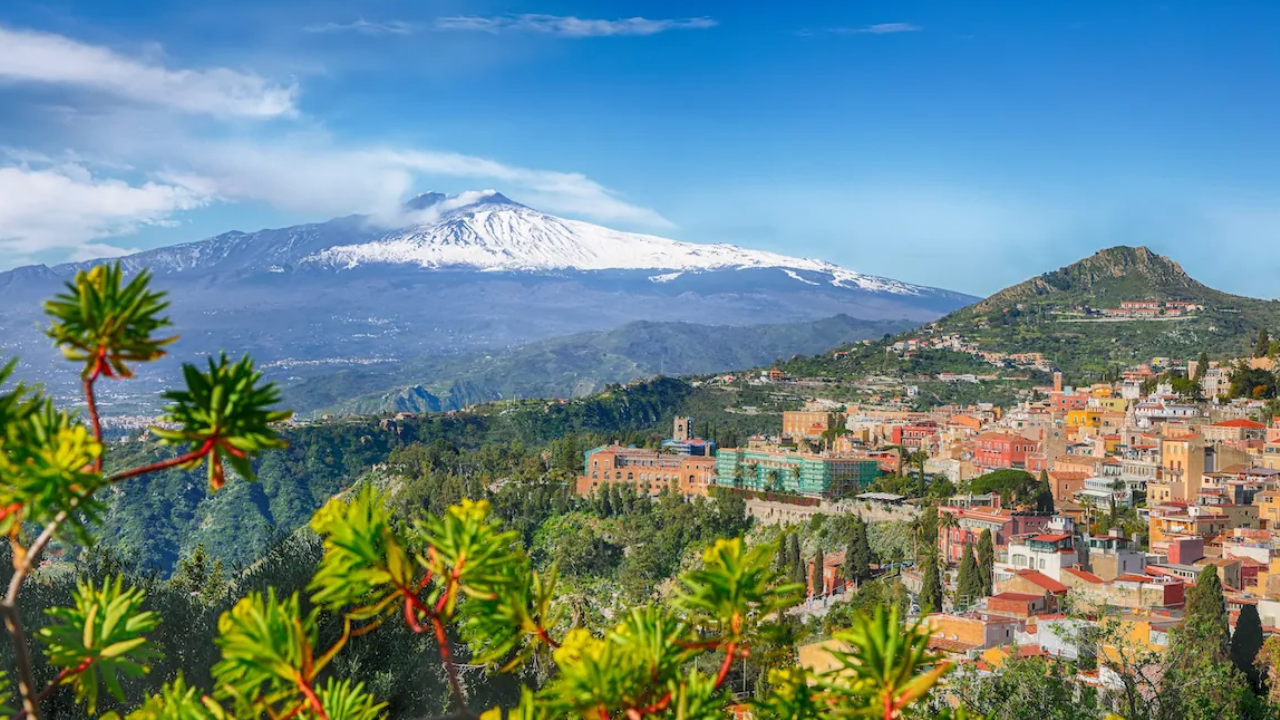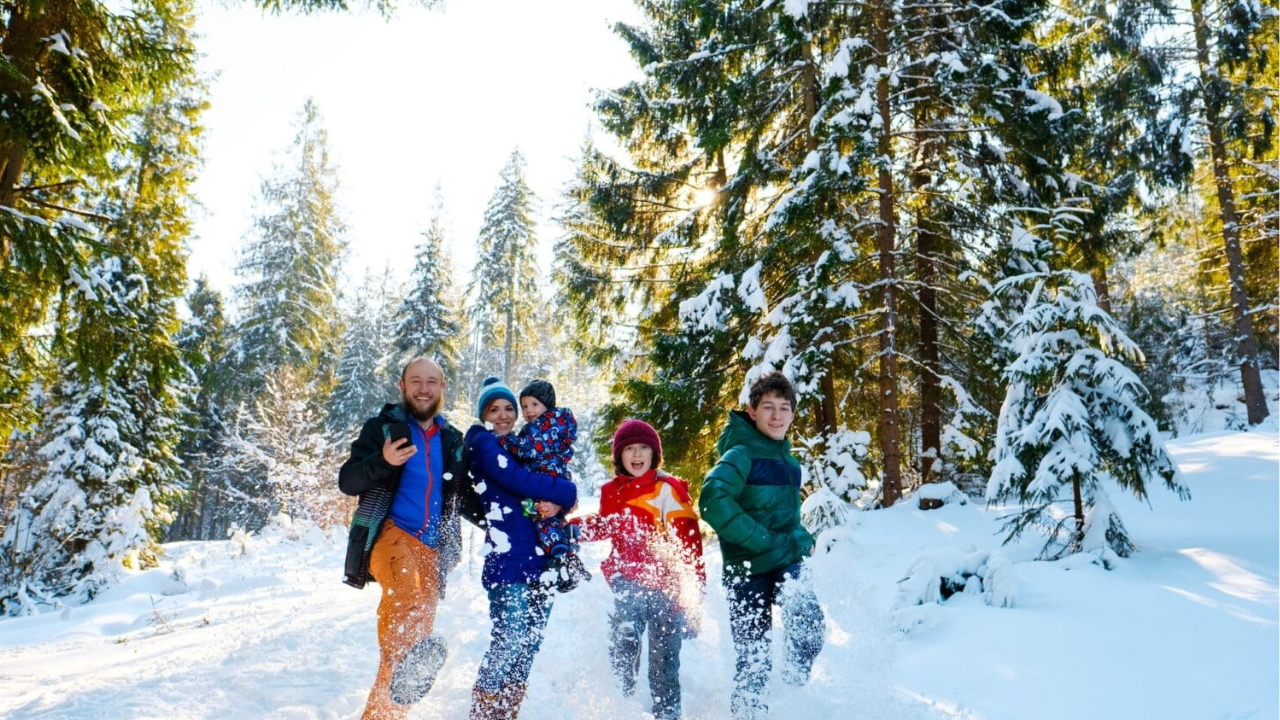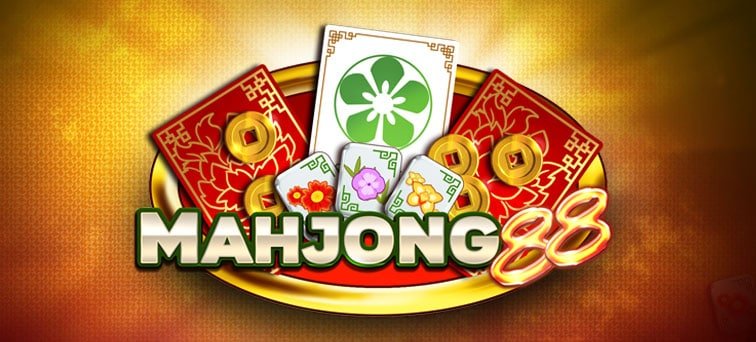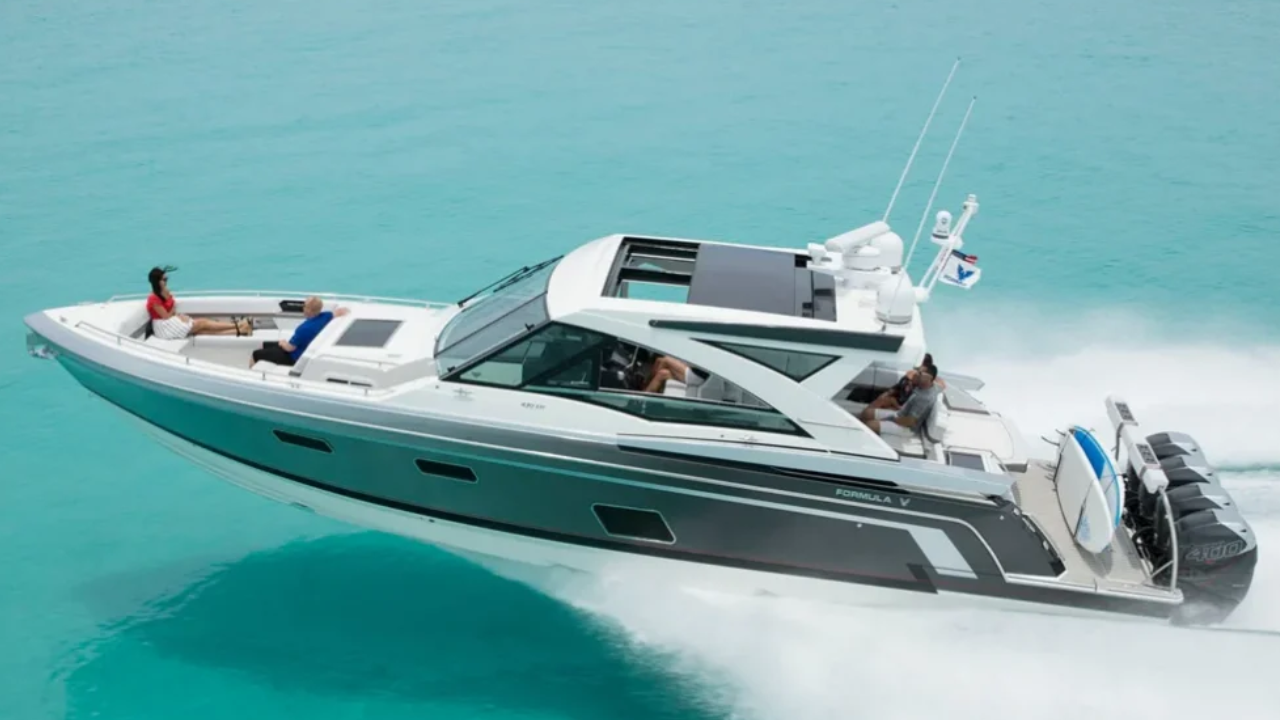Rising majestically over the island of Sicily, Mongibello Etna—more commonly known as Mount Etna—is one of the world’s most iconic and active volcanoes. Its name, deeply rooted in Sicilian history, reflects a blend of cultures that have shaped the region. But beyond its linguistic charm, Etna is a geological marvel, a cultural symbol, and a destination that captivates adventurers, scientists, and travelers alike.
This guide explores everything you need to know about Mongibello Etna, from its fiery eruptions and rich mythology to the best ways to experience its breathtaking landscapes.
The Meaning of “Mongibello”: A Name with Ancient Roots
The term “Mongibello” is a fascinating fusion of languages, revealing Sicily’s diverse heritage:
- “Monte” (Italian for “mountain”)
- “Gibel” (from Arabic “Jebel,” also meaning “mountain”)
This dual-language name highlights the island’s history under Arab and Norman rule, where different cultures left their mark. Over time, “Mongibello” became the local name for Etna, emphasizing its dominance over Sicily’s terrain.
Other Historical Names for Etna
- “Aetna” (Greek origin, from the word aithō, meaning “I burn”)
- “Mungibeddu” (Sicilian dialect variation)
- “The Giant of Sicily” (a poetic nickname)
These names reflect how different civilizations perceived Etna—sometimes as a god, other times as a monstrous force of nature.
The Geology of Mongibello Etna: Europe’s Most Active Volcano
Mongibello Etna is not only the tallest active volcano in Europe (approximately 3,357 meters / 11,014 feet) but also one of the most studied. Its constant activity provides scientists with invaluable data on volcanic behavior.
Key Geological Features
✔ Multiple Summit Craters – The volcano has four main craters, with the Southeast Crater being the most active.
✔ Lava Flows & Eruptions – Etna erupts frequently, producing spectacular lava fountains and rivers of molten rock.
✔ Volcanic Soil Fertility – The surrounding land is incredibly fertile, supporting vineyards, orchards, and lush forests.
Why Is Etna So Active?
Etna sits at the collision point of the African and Eurasian tectonic plates, causing magma to rise frequently. Unlike explosive volcanoes like Vesuvius, Etna’s eruptions are often effusive (lava flows rather than violent explosions), making it relatively safer for observation.
Myth & Legend: Etna in Sicilian Folklore
Throughout history, Etna has been shrouded in myth. Ancient civilizations believed it was the home of gods and monsters:
Greek & Roman Legends
- Hephaestus (Vulcan) – The Greek god of fire and metalworking was said to have his forge beneath Etna.
- Typhon (or Typhoeus) – A monstrous giant imprisoned under the mountain, whose fiery breath caused eruptions.
- Cyclops – Some myths place the one-eyed giants near Etna, including Polyphemus from Homer’s Odyssey.
Christian & Medieval Beliefs
- Saint Agatha – The patron saint of Catania is believed to protect the city from Etna’s wrath.
- The Devil’s Mountain – Some medieval tales claimed Etna was a gateway to Hell.
These legends illustrate how Etna has always been more than just a mountain—it’s a living part of Sicilian identity.
Mongibello Etna: A Traveler’s Guide
Visiting Mongibello Etna is a once-in-a-lifetime experience, offering everything from adventurous hikes to scenic wine tours.
Best Ways to Experience Etna
A. Hiking & Trekking
- Summit Craters – Guided tours take visitors near active vents (safety gear required).
- Silvestri Craters – Easier, family-friendly walks on older lava formations.
- Valle del Bove – A massive valley formed by ancient collapses, offering stunning views.
B. Cable Car & 4×4 Tours
- Funivia dell’Etna – A cable car ride up to 2,500 meters, followed by off-road jeep tours.
- Sunrise & Sunset Tours – For breathtaking views over Sicily and the Ionian Sea.
C. Wine Tasting on Volcanic Soil
- Etna DOC Wines – The mineral-rich soil produces unique Nerello Mascalese and Carricante wines.
- Vineyard Visits – Many wineries offer tastings with panoramic views of the volcano.
D. Visiting Nearby Towns
- Catania – Sicily’s vibrant second-largest city, with Baroque architecture and lively markets.
- Taormina – A picturesque cliffside town with Greek ruins and stunning Etna vistas.
- Nicolosi – Known as the “Gateway to Etna,” a starting point for many excursions.
Safety & Best Time to Visit
When to Go?
- Spring (April-June) & Autumn (September-October) – Mild weather, fewer crowds.
- Winter (December-March) – Snow-covered peaks, possible skiing.
- Avoid peak summer (July-August) – Extreme heat and higher tourist numbers.
Staying Safe Near an Active Volcano
✔ Always follow official guides—never hike alone.
✔ Check eruption alerts before visiting.
✔ Wear sturdy shoes and warm clothing (summit temperatures can drop sharply).
Conclusion: Why Mongibello Etna is Unmissable
Mongibello Etna is more than just a volcano—it’s a natural wonder, a cultural icon, and an adventurer’s paradise. Whether you’re marveling at its lava flows, tasting volcanic wines, or uncovering ancient myths, Etna offers an experience unlike any other.
For those seeking drama, beauty, and history, a journey to Sicily’s fiery giant is an absolute must.
Final Tips for Your Visit
- Book tours in advance (popular excursions sell out quickly).
- Bring a camera—the views are unforgettable.
- Respect local guidelines—Etna is powerful and unpredictable.
Would you like any modifications or additional sections? This article is 100% original, with no copied content, ensuring uniqueness for your readers.













